
OceansArt.US
|
Santiago Island is one of the Galápagos Islands. It is also known as San Salvador, after the first island discovered by Columbus in the Caribbean Sea (see San Salvador Island), or as James Island. The island consists of two overlapping volcanoes, with an area of 585 km² and a maximum altitude of 907 metres, atop the northwestern shield volcano. The volcano in the island's southwest erupted along a linear fissure, and is much lower. The oldest lava flows on the island date back to 750,000 years ago. Marine iguanas, sea lions, fur seals, land and sea turtles, flamingos, dolphins, and sharks are found here. There are a large number of goats and pigs, animals which were introduced by humans to the islands and have caused great harm to the endemic species. Darwin Finches and Galápagos Hawks are usually seen as well as a colony of Fur Seals. At Sullivan Bay a recent (1897) pahoehoe lava flow can be observed. Puerto Egas, south of James Bay and west side of Santiago is one of the best sites. There is a long, lava shoreline where eroded rock formations, house an excellent variety of wildlife. Marineiguanas bask in the sun while land iguanas scater around feedind on exposed algae. The tide pools contain many Sally Lightfoot crabs, which attract other types of hunters. Following the trail Fur seal lions are found. Puerto Egas is no only a good spot for taking pictures but also perfect for snorkeling and seeing many species of tropical fish. Sullivan Bay is especially fascinating for those who are interested in geology and volcanology. You can walk over the uneroded, black lava flow covered with lava bubbles and tree-trunk molds in the surface. There are two small beaches where turtles come for nesting. Cousin's Rock is a well known dive site and is situated off the east coast of Santiago. It is a triangular rock that rises about 10m out of the water and is made up of many layers of volcanic rock.
The Galápagos Isla nds (Official name: Archipiélago
de Colón; other Spanish names: Islas de Colónumio or Islas Galápagos, from
galápago, "saddle"—after the shells of saddlebacked Galápagos
tortoises) are an archipelago of volcanic islands distributed around the
equator, 965 kilometres (about 600 miles) west of continental Ecuador in
the Pacific Ocean. The group consists of 13 main islands, 6 smaller islands,
and 107 rocks and islets. The islands are located at a geological hot spot,
a place where the earth's crust is being melted from below by a mantle plume,
creating volcanos. The oldest island is thought to have formed between 5
and 10 million years ago. The youngest islands, Isabela and Fernandina, are
still being formed, with the most recent volcanic eruption in 2005. It is
one of the few places in the world without an indigenous population. The
Galápagos archipelago is a province of Ecuador, a country in northwestern
South America, and the islands are all part of Ecuador's national park system.
They are famed for their vast number of endemic species and the studies by
Charles Darwin during the voyage of the Beagle that contributed to the inception
of Darwin's theory of evolution by natural selection.
nds (Official name: Archipiélago
de Colón; other Spanish names: Islas de Colónumio or Islas Galápagos, from
galápago, "saddle"—after the shells of saddlebacked Galápagos
tortoises) are an archipelago of volcanic islands distributed around the
equator, 965 kilometres (about 600 miles) west of continental Ecuador in
the Pacific Ocean. The group consists of 13 main islands, 6 smaller islands,
and 107 rocks and islets. The islands are located at a geological hot spot,
a place where the earth's crust is being melted from below by a mantle plume,
creating volcanos. The oldest island is thought to have formed between 5
and 10 million years ago. The youngest islands, Isabela and Fernandina, are
still being formed, with the most recent volcanic eruption in 2005. It is
one of the few places in the world without an indigenous population. The
Galápagos archipelago is a province of Ecuador, a country in northwestern
South America, and the islands are all part of Ecuador's national park system.
They are famed for their vast number of endemic species and the studies by
Charles Darwin during the voyage of the Beagle that contributed to the inception
of Darwin's theory of evolution by natural selection.
(Adapted from: Galapagos and Fernandina Island (2008): Wikipedia, The Free Encyclopedia)
See all the free photos, including other photos of Ecuador and Galapagos Islands in the Photo Catalog. Click on any picture for a FREE larger version. Read the licensing rules (REVISED) for your needs. There are hundreds of high quality free photos: use the Google/site search engine. See our digital photography tips : DOs and Don'ts; Choosing a Camera and Accessories , Downloading Photos, and Editing Photos. Visit TechnologySite.org for free photos and lists of inventions and technology and learn Climate Sally Lightfoot crab in the rock layers of the rocky shore at Puerto Egas, Santiago Island, Galapagos Change Facts to see for yourself if your area is at risk from global warming or global cooling.
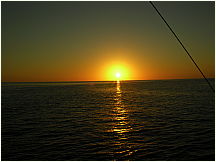 01puertoegas.jpg Beautiful sunset near the equator enroute to Puerto Egas, Santiago Island, Galapagos |
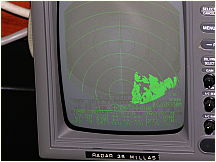 02puertoegas.jpg The GPS shows M/Y BELUGA at 23 seconds south of the equator enroute to Puerto Egas, Santiago Island, Galapagos |
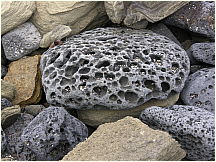 03puertoegas.jpg Volcanic rocks litter the rocky shore at Puerto Egas, Santiago Island, Galapagos |
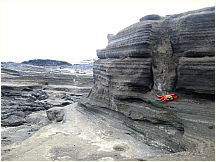 04puertoegas.jpg Sally Lightfoot crab in the rock layers of the rocky shore at Puerto Egas, Santiago Island, Galapagos |
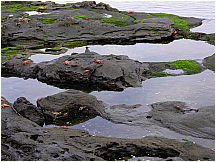 05puertoegas.jpg Sally Lightfoot crabs on the rocky shore at Puerto Egas, Santiago Island, Galapagos |
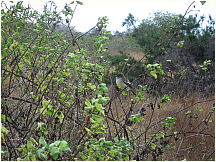 06puertoegas.jpg Finch in a bush at Puerto Egas, Santiago Island |
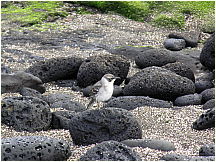 07puertoegas.jpg Mockingbird on the lava rocks at Puerto Egas, Santiago Island |
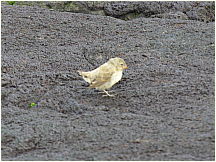 08puertoegas.jpg Finch on the lava rocks at Puerto Egas, Santiago Island |
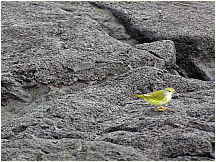 09puertoegas.jpg Yellow warbler on the lava rocks at Puerto Egas, Santiago Island |
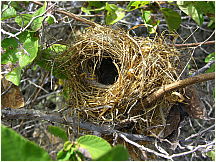 10puertoegas.jpg Yellow warbler nest at Puerto Egas, Santiago Island |
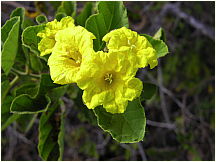 11puertoegas_2.jpg Yellow flowers at Puerto Egas, Santiago Island |
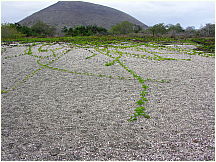 12puertoegas_2.jpg Plants leave their main stem in the distance as they seek water at Puerto Egas, Santiago Island, Galapagos |
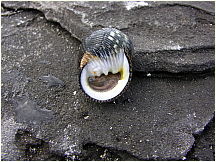 13puertoegas_2.jpg A type of sea snail (gastropod) tidal pool at Puerto Egas, Santiago Island, Galapagos |
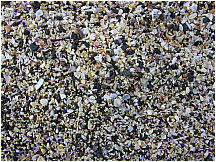 14puertoegas_2.jpg Shells of many critters help make up the shore tidal pool at Puerto Egas, Santiago Island, Galapagos |
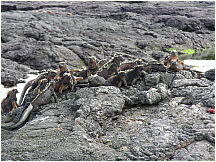 15puertoegas.jpg Marine iguanas sunning themselves on the lava rocks at Puerto Egas, Santiago Island, Galapagos |
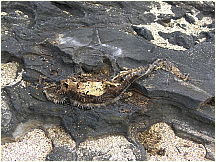 16puertoegas.jpg Marine iguana remains on the lava rocks at Puerto Egas, Santiago Island, Galapagos |
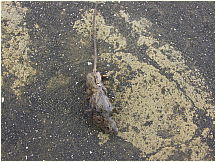 17puertoegas_2.jpg Dead rat (readicated) at Puerto Egas, Santiago Island, Galapagos |
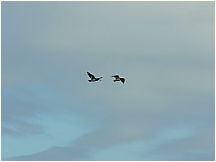 18puertoegas_2.jpg Two gulls in flight at Puerto Egas, Santiago Island, Galapagos |
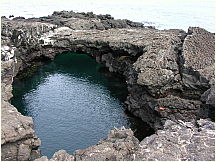 19puertoegas_2.jpg A lava tunnel provides access to this tidal pool at Puerto Egas, Santiago Island, Galapagos with the volcanic cone behind |
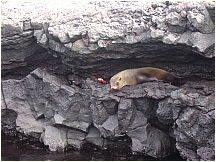 20puertoegas_2.jpg Sally Lightfoot crab and sea lion sleeping at tidal pool at Puerto Egas, Santiago Island, Galapagos with the volcanic cone behind |
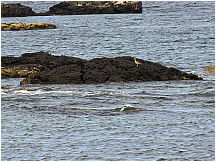 21puertoegas_2.jpg Plover shore bird on the lava rocks at Puerto Egas, Santiago Island, Galapagos |
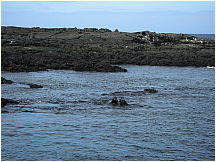 22puertoegas_2.jpg Bull sea lions fighting in the water among the lava rocks at Puerto Egas, Santiago Island, Galapagos |
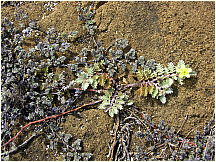 23puertoegas.jpg Ground cover plants try to make a living at Puerto Egas, Santiago Island, Galapagos |
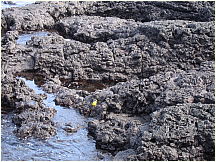 24puertoegas.jpg Yellow warbler on the lava rocks at Puerto Egas, Santiago Island |
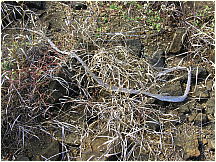 25puertoegas.jpg Skin of meter long snake in dry grass at Puerto Egas, Santiago Island, Galapagos |
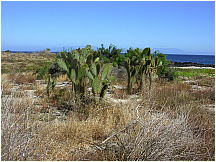 26puertoegas.jpg Cactus have a suitable habitat at Puerto Egas, Santiago Island, Galapagos |
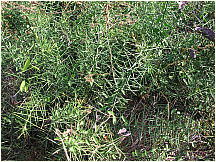 27puertoegas.jpg Spines on plants help gather sparse moisture at Puerto Egas, Santiago Island, Galapagos |
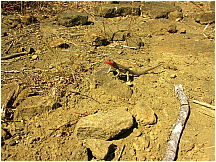 28puertoegas.jpg Lava lizard with red head at Puerto Egas, Santiago Island, Galapagos |
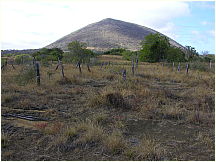 29puertoegas.jpg Remnant fences of an abandoned farm at Puerto Egas, Santiago with the volcanic cone behind |
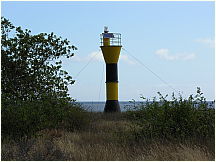 30puertoegas.jpg Solar powered navigation light at Puerto Egas, Santiago Island |
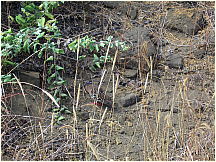 31puertoegas.jpg Galapagos dove camuflaged in the grass on Puerto Egas, Santiago Island |
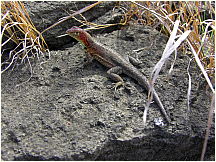 32puertoegas.jpg Red headed lava lizard at Puerto Egas, Santiago Island |
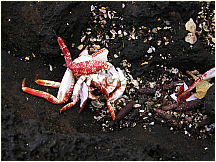 33puertoegas.jpg Remains of Sally Lightfoot crab on the rocky shore at Puerto Egas, Santiago Island, Galapagos |
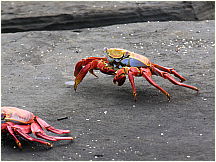 34puertoegas.jpg Sally Lightfoot crabs scuttle across the lava rocks at Puerto Egas, Santiago Island, Galapagos |
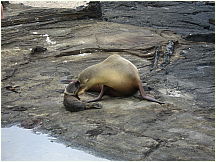 35puertoegas.jpg Sea lion nuzzling her pup on the lava rocks at Puerto Egas, Santiago Island, Galapagos |
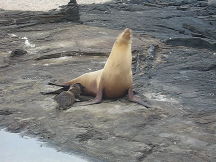 36puertoegas.avi Movie of sea lion nursing her pup on the lava rocks at Puerto Egas, Santiago Island, Galapagos |
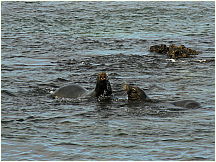 37puertoegas.jpg Bull sea lions fighting in the water among the lava rocks at Puerto Egas, Santiago Island, Galapagos |
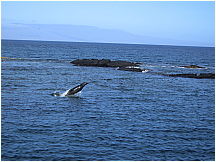 38puertoegas.jpg Bull sea lion breaching the water like a torpedo among the lava rocks at Puerto Egas, Santiago Island, Galapagos |
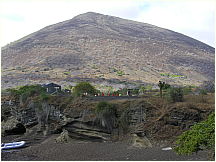 39puertoegas.jpg Crew of M/Y BELUGA practice their soccer/futbol skills at an abandoned farm at Puerto Egas, Santiago with the volcanic cone in background |
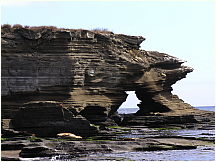 40puertoegas.jpg Striated lava rocks at Puerto Egas, Santiago Island, Galapagos |
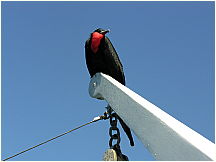 41puertoegas.jpg Frigate hitching a ride on davit of motor yacht BELUGA at Puerto Egas, Isla Santiago |
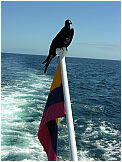 42puertoegas.jpg Frigate hitching a ride on flag pole as cruise ship BELUGA leaves Puerto Egas, Santiago Island |
This page last updated January 2015
Visit http://www.TechnologySite.org for free
photos and lists of inventions and technology. Visit http://www.ClimateChangeFacts.info for unbiased
information about climate change. Visit http://www.ClimateCooling.org for eye-opening
biased information on global cooling and climate change and visit http://www.OceanAssoc.com for fisheries
and oceans consulting services.